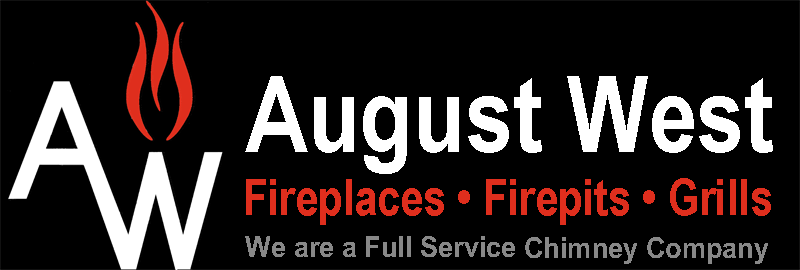AW has these 7 top tips to guide you through purchasing and installing a firepit, whether it’s for your own home or even for a shared townhouse/condo community setting:
1. Choose the Right Fuel Type
Wood-burning: Traditional look, strong heat, lower upfront cost, but requires storage and cleanup.
Gas/propane: Clean, instant-on, controllable flame, safer in some municipalities — but higher upfront cost and requires gas line or tank.
> Check local fire codes in your town — some towns restrict open wood fires or require permits.
2. Pick a Safe & Legal Location
At least 10–20 feet away from buildings, fences, trees, and overhead structures.
Avoid installing on wooden decks unless using a fire-rated pad and proper clearance.
Confirm HOA or condo association rules if installing in a shared community space.
3. Select Durable Materials
Stone, brick, or paver blocks rated for high heat are best for permanent pits.
Steel or cast iron for inserts or portable pits (look for rust-resistant coatings).
Avoid regular cinder blocks or untreated rocks — they can crack or even explode when heated.
4. Size & Seating Layout Matter
For private use: 3–4 ft inside diameter is comfortable.
For larger gatherings/community use: 4–6 ft diameter.
Plan for at least 6–8 feet of clearance around the pit for seating and safe movement.
5. Plan Drainage & Base
Always build on a level, fire-resistant surface (gravel, stone, concrete pavers).
Add a gravel base or drainage layer under permanent firepits to prevent water pooling (which weakens mortar and causes freeze-thaw damage).
6. Budget for Accessories & Safety
Spark screen (for wood-burning) to reduce flying embers.
Fire ring insert for stone pits (prolongs life and makes cleanup easier).
Heat-resistant gloves, poker tools, fire extinguisher or garden hose nearby.
7. Think Long-Term Use & Maintenance
Gas pits: factor in cost of gas line installation or propane tank refills.
Wood pits: plan for ash disposal, log storage, and seasonal cleaning.
Consider adding extras like built-in seating, low-voltage lighting, or hardscape accents for aesthetics and function.
To sum it all up, we suggest starting by selecting the right fuel type, adhering to safety/legal regulations, choosing durable materials, sizing it appropriately for your space, ensuring proper drainage, incorporating safety features, and planning for ongoing maintenance. Do that, and you’ll have a firepit that’s safe, legal, and a true centerpiece for fall evenings.
AW
